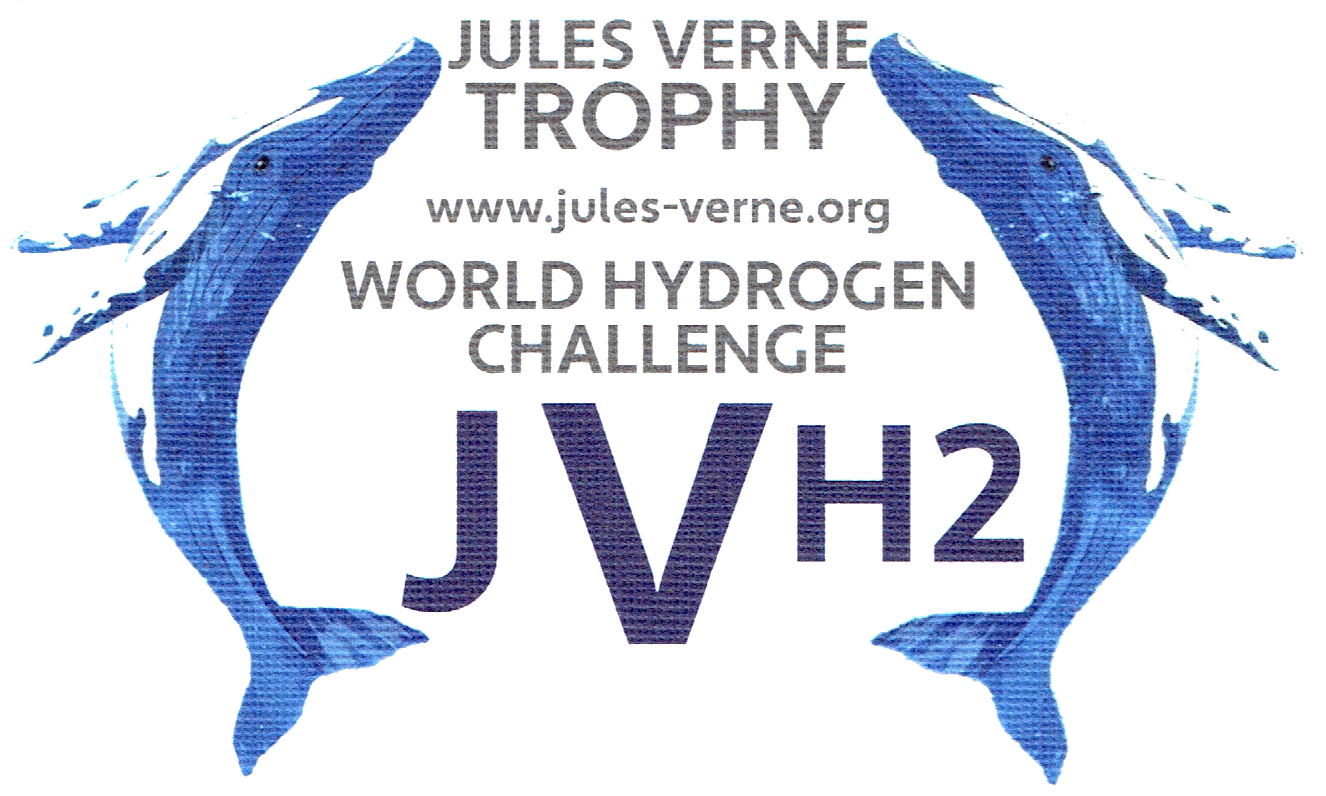|
There
are unifying standards such as those set out in the Berne Convention of 1886 which means that copyright works are protected in law regardless of whether they leave the country they originated in. If a work by a French author was illegally copied here in the UK for example, UK courts would protect the rights of the French author in the same way as for a UK citizen.
As of November 2022, the
Berne Convention has been ratified by 181 states out of 195 countries in the world.
WHAT
IS THE BERNE CONVENTION OF 1886?
The Berne Convention for the Protection of Literary and Artistic Works, usually known as the Berne Convention, was an international assembly held in 1886 in the Swiss city of Bern by ten European countries with the goal to agree on a set of legal principles for the protection of original work. They drafted and adopted a multi-party contract containing agreements for a uniform, crossing border system that became known under the same name. Its rules have been updated many times since then. The treaty provides authors, musicians, poets, painters, and other creators with the means to control how their works are used, by whom, and on what terms. In some jurisdictions these type of rights are being referred to as copyright.
The United States became a party in 1989. As of November 2022, the Berne Convention has been ratified by 181 states out of 195 countries in the world, most of which are also
part to the Paris Act of 1971.
Signatory countries of the Berne Convention are effectively working in partnership across the globe to protect copyright when it leaves its home borders. This is probably even more important today in our global internet age than it was in 1886 when it was created. For more information on copyright outside the UK, visit the World Intellectual Property Organisation.
COUNTRY OF ORIGIN
The Convention relies on the concept of "country of origin". Often determining the country of origin is straightforward: when a work is published in a party country and nowhere else, this is the country of origin. However, under Article 5(4), when a work is published "simultaneously" ("within 30 days") in several party countries, the country with the shortest term of protection is defined as the country of origin.
For works simultaneously published in a party country and one or more non-parties, the party country is the country of origin. For unpublished works or works first published in a non-party country (without publication within 30 days in a party country), the author's nationality usually provides the country of origin, if a national of a party country. (There are exceptions for cinematic and architectural works.)
In the Internet age, unrestricted publication online may be considered publication in every sufficiently internet-connected jurisdiction in the world. It is not clear what this may mean for determining "country of origin". In Kernel v. Mosley (2011), a U.S. court "concluded that a work created outside of the United States, uploaded in Australia and owned by a company registered in Finland was nonetheless a U.S. work by virtue of its being published online". However other U.S. courts in similar situations have reached different conclusions, e.g. Håkan Moberg v. 33T LLC (2009). The matter of determining the country of origin for digital publication remains a topic of controversy among law academics as well.
TERM OF PROTECTION
The Berne Convention states that all works except photographic and cinematographic shall be protected for at least 50 years after the author's death, but parties are free to provide longer terms, as the European Union did with the 1993 Directive on harmonising the term of copyright protection. For photography, the Berne Convention sets a minimum term of 25 years from the year the photograph was created, and for cinematography the minimum is 50 years after first showing, or 50 years after creation if it has not been shown within 50 years after the creation. Countries under the older revisions of the treaty may choose to provide their own protection terms, and certain types of works (such as phonorecords and motion pictures) may be provided shorter terms.
If the author is unknown because for example the author was deliberately anonymous or worked under a pseudonym, the Convention provides for a term of 50 years after publication ("after the work has been lawfully made available to the public"). However, if the identity of the author becomes known, the copyright term for known authors (50 years after death) applies.
Although the Berne Convention states that the legislation of the country where protective rights are claimed shall be applied, Article 7(8) states that "unless the legislation of that country otherwise provides, the term shall not exceed the term fixed in the country of origin of the work", i.e., an author is normally not entitled a longer protection abroad than at home, even if the laws abroad give a longer term. This is commonly known as "the rule of the shorter term". Not all countries have accepted this rule.
VICTOR HUGO
The Berne Convention was developed at the instigation of Victor Hugo of the Association Littéraire et Artistique Internationale. Thus it was influenced by the French "right of the author" (droit d'auteur), which contrasts with the Anglo-Saxon concept of "copyright" which only dealt with economic concerns.
Victor
was a famous French writer, the author of Les Miserables, and can be said to derive from the French school of thought of author’s rights.
Before the Berne Convention, copyright legislation remained uncoordinated at an international level. So for example a work published in the United Kingdom by a British national would be covered by copyright there but could be copied and sold by anyone in France. Dutch publisher Albertus Willem Sijthoff, who rose to prominence in the trade of translated books, wrote to Queen Wilhelmina of the Netherlands in 1899 in opposition to the convention over concerns that its international restrictions would stifle the Dutch print industry.
The Berne Convention followed in the footsteps of the Paris Convention for the Protection of Industrial Property of 1883, which in the same way had created a framework for international integration of the other types of intellectual property:
patents,
trademarks and industrial designs.
Like the Paris Convention, the Berne Convention set up a bureau to handle administrative tasks. In 1893 these two small bureaux merged and became the United International Bureaux for the Protection of Intellectual Property (best known by its French acronym BIRPI), situated in Berne. In 1960, BIRPI moved to Geneva, to be closer to the United Nations and other international organizations in that city. In 1967 it became the World Intellectual Property Organization (WIPO), and in 1974 became an organization within the United Nations.
The Berne Convention was completed in Paris in 1886, revised in Berlin in 1908, completed in Berne in 1914, revised in Rome in 1928, in Brussels in 1948, in Stockholm in 1967 and in Paris in 1971, and was amended in 1979.
The World Intellectual Property Organization Copyright Treaty was adopted in 1996 to address the issues raised by information technology and the Internet, which were not addressed by the Berne Convention.
In
the UK, the first copyright Act of Parliament dates back
to the Statute of Anne in
1709.
Other legal statutes, the Urheberrechtsgesetz in Germany and the Droit d’auteur in France, literally mean “authors’ rights” or “rights of the author”.

COPYRIGHT
- This hand built prototype vehicle, is copyright protected. Designs may
also be registered, but the artistic copyright is automatically covered,
with each photograph and drawing, and of course the full size bodywork,
chassis layout, interior design, etc., etc, is protected by Design
Copyright. It makes a nonsense of the
patent system, that costs so much, no start up could ever compete. And
generally, the existing companies, do not want you competing, though
some will be scouting for talent and skills. Students with no previous
experience helped to build this custom car, now on display at a private
museum in Sussex - though not yet open to the general public.
Copyright is legal right that protects the use of your work once your idea has been physically expressed. The current copyright legislation in the UK is the Copyright, Designs and
Patents Act 1988. You can find out more about copyright legislation by visiting the Intellectual Property
Offices (websites) in your country, or the WIPO, international World
Intellectual Property Organization, a division of the United
Nations.
EXAMPLES
OF WORKS PROTECTED BY COPYRIGHT:
Literary works such as books, blogs, articles, poems
Underlying Musical score, composition, lyrics
Commercial music
Photographs
Artworks
Film footage
WHEN IS YOUR (MY) WORK PROTECTED BY
COPYRIGHT
HOW DO YOU COPYRIGHT YOUR WORK?
HOW LONG DOES COPYRIGHT PROTECTION LAST FOR?
WHAT ARE EXCEPTIONS TO COPYRIGHT PROTECTION?
IS YOUR WORK PROTECTED IN THE UK & INTERNATIONALLY?
HOW DO YOU CREATE COPYRIGHT?
HOW IS YOUR WORK PROTECTED?
HOW ABOUT UPLOADING YOUR WORK TO THE INTERNET?
WHAT If SOMEONE WANTS TO USE YOUR WORK?
HOW CAN YOU BE ACKNOWLEDGED FOR USE OF YOUR WORK?

|


